Do you feel frustrated because your gas fireplace pilot light is on but the main burner won’t ignite? If so, you’re not alone! Many homeowners struggle with this common issue with their gas fireplaces and try to search for answers. Fortunately, there’s no need to call in an expensive technician or replace the whole unit – it can often be fixed without too much hassle. In this blog post, we will provide step-by-step instructions and helpful tips about how to troubleshoot and resolve this pesky problem yourself. If your heating has stopped working because of a combustion chamber that is not lighting up, keep reading as these simple steps may have the information you’re looking for!
Why Gas Fireplaces Don’t Turn On
Gas fireplaces are designed to be an efficient heating system. It can be very frustrating when the pilot stays on but the gas fireplace doesn’t light up. Before you try to fix it yourself, you should know what could be causing this issue.
Insufficient air flow is a frequent cause of gas fireplaces failing to activate. Gas fireplaces require adequate airflow in order to function properly and stay lit. If there is not enough air supply entering your fireplace, the flames may struggle to remain lit or may not come on at all. This could be caused by blocked vents or faulty fans.
Additionally, if your home has recently been sealed for energy efficiency, this can result in a decrease of air flow to your fireplace. If this is the case, you may need to install an additional vent or fan system to provide adequate airflow.
Another possible cause for a gas fireplace not turning on is because the thermopile or thermocouple isn’t receiving enough heat from the pilot light. The thermopile and thermocouple are both safety features used in gas fireplaces that detect whether there’s sufficient heat produced by the pilot light. If either one fails, it will shut down the main burner and prevent it from lighting at all. Replacing these parts can help get your fireplace back up and running again.
By understanding why a gas fireplace won’t turn on but the pilot stays on, you can determine which fix is necessary to get it working again. From inspecting vents and fans to replacing safety components or servicing the gas line, there are a few steps you can take to diagnose and repair your fireplace issue. [1]

How to Troubleshoot a Gas Fireplace That Won’t Light
If the pilot of your gas fireplace remains on but the fire won’t light, you can follow specific steps to diagnose the issue. Here is what you should do:
- Check the Flame Settings: Make sure that the flame settings are at their highest level and that there isn’t anything blocking or obstructing the opening of the pilot tube.
- Clean Your Fireplace: Make sure to periodically clean your fireplace by vacuuming out any dirt, dust, and debris from inside it. This will ensure proper airflow for optimal fire performance.
- Inspect Safety Devices: Take a look at all of your safety devices — including thermocouples and flame sensors — to make sure that they are in good working condition and that their wires aren’t frayed or broken.
- Replace the Thermocouples: If your thermocouple is damaged, you will need to replace it with a new one. Make sure to purchase an original manufacturer-approved replacement part for best results.
- Check the Gas Line Connection: Make sure that your gas line is properly connected and free of any leaks or blockages. You can use a soapy water solution to test for leaks.
Following these steps should help you identify and fix any issues that may be causing your gas fireplace not to light properly. If you are still having trouble after trying all of these steps, you may need to call in a professional for further assistance.
When to Call a Professional
If you’ve followed all of the steps above and your gas fireplace still won’t light, it might be time to call a professional. It could be that there is an issue with your gas line or ignition system that needs to be fixed.
Additionally, if you have a newer model of gas fireplace and it has an advanced safety control valve, you will need professional help in order to fix any potential issues. In this case, it is always best to seek professional help before attempting any further DIY solutions. A qualified technician will be able to properly diagnose and repair the problem quickly and safely. [2]
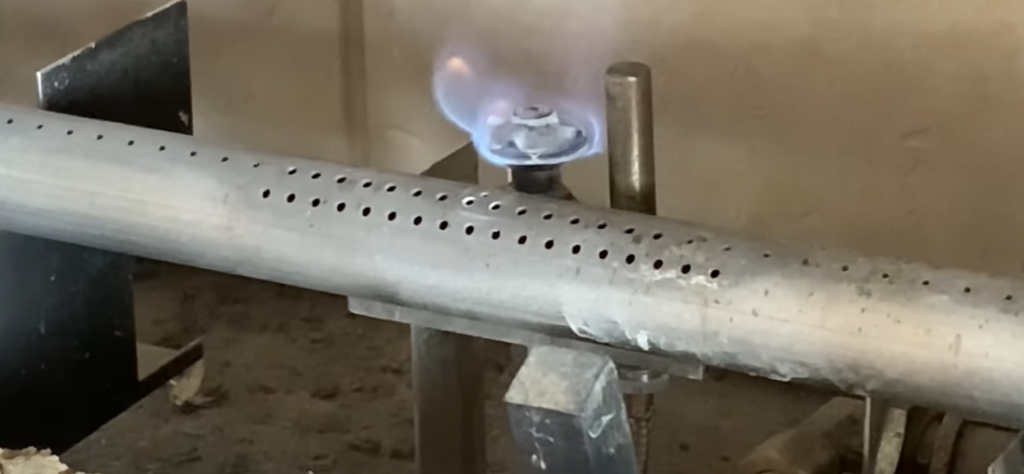
Cleaning and Proper Maintenance
In order to prevent future issues, it is important to practice regular maintenance of your gas fireplace. Clean the pilot orifice and burner regularly with a soft-bristle brush dipped in warm soapy water. Also, use compressed air if needed to clean any debris out of the orifice.
Finally, ensure that all components are functioning properly by performing regular tests on them according to manufacturer’s instructions. By taking proper care of your gas fireplace you can help reduce the chances that it will not light or stay lit.
Things to Avoid
- Do not attempt to light the pilot with a match or other open flame. Doing so can cause a gas explosion, and it is unsafe for both you and your environment.
- Do not tamper with the regulator settings without first consulting an expert technician. Regulators are very sensitive and require special tools to adjust them properly.
- Avoid using any type of lubricant on the valves, as this can clog them and impede airflow to the pilot light. Valves should also be kept clean at all times.
- If you experience any kind of issue when lighting your fireplace, turn off the gas immediately and do not try to troubleshoot it yourself until after consulting an expert technician.
By following these simple tips, you can help ensure your gas fireplace remains safe and functional at all times. If you have any questions or are having trouble getting your pilot to, contact a certified technician for assistance. They can provide the knowledge and expertise needed to help you get your fireplace up and running as quickly and safely as possible. [3]
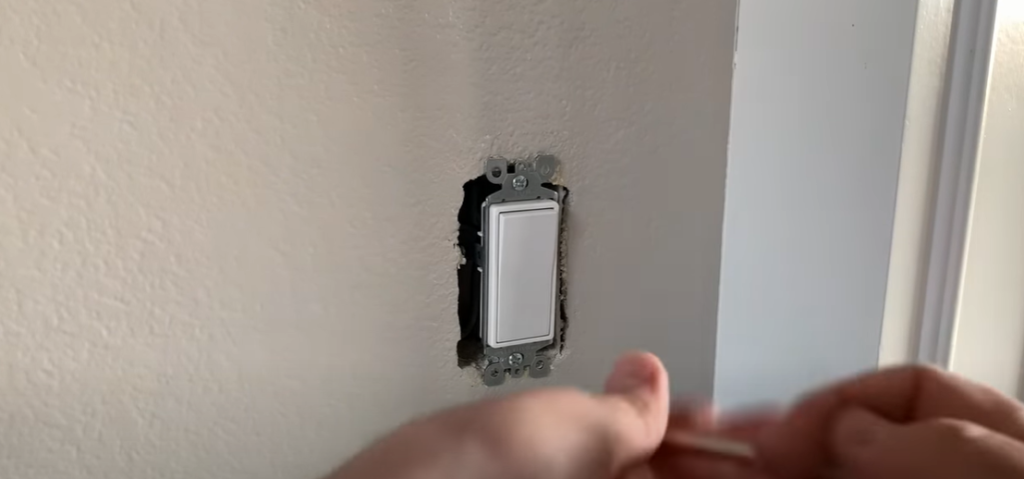
Can The Pilot Light Of A Gas Fireplace Be Left On Overnight?
No, it is not recommended to leave the pilot light of a gas fireplace turned on overnight. Since there is always a risk of a gas leak and fire hazard, you should always turn off the pilot light before leaving your home or going to bed. It is also important to use caution when turning off the pilot light—always make sure it’s fully extinguished before leaving it alone.
If you’re having difficulty getting your gas fireplace to light, then try these steps:
- Clean out any debris from the burner slots with a brush or vacuum nozzle.
- Check that all valves are open and well-connected to their respective ports in the fireplace components.
- Make sure that there are no cracks or obstructions in the gas line.
- If you have an automatic igniter, make sure that it is working properly.
- If these steps don’t help, then it’s time to call a professional for further diagnosis and repair of your fireplace.
Remember not to leave the pilot light on overnight as this can create a fire hazard and could lead to a gas leak. Also, if you’re having difficulty with your fireplace, always call a professional for help and don’t attempt any repairs on your own. Keeping these tips in mind will ensure that you stay safe when using your gas fireplace!
What Is The Life Expectancy Of A Gas Fireplace?
Gas fireplaces have a life expectancy of around 15-20 years, depending on how well they are maintained. Depending on the type and model of gas fireplace, regular cleaning, inspection and maintenance can extend its lifespan. For example, some models require that you replace the pilot light bulb or thermocouple every few years to maintain optimal efficiency. Regularly checking for leaks, ensuring proper ventilation and inspecting the venting system are also important steps in maintaining your gas fireplace’s life. In general, taking good care of your gas fireplace will help ensure it continues operating safely and efficiently for many years to come.
If you suspect that your gas fireplace is not working properly due to age or lack of maintenance, contact a qualified technician to inspect your fireplace and determine the best course of action. Depending on the issue, a technician can offer advice or do repairs to help restore your gas fireplace back to peak efficiency.
In some cases, it may be more cost-effective to replace your old gas fireplace with a new, energy-efficient model. Newer models are designed with improved features that can help save money on fuel costs and provide a safer, cleaner burning experience. If you’re looking for an upgrade, contact a certified HVAC contractor who can explain all the options available and help you find the perfect solution for your home. [4]
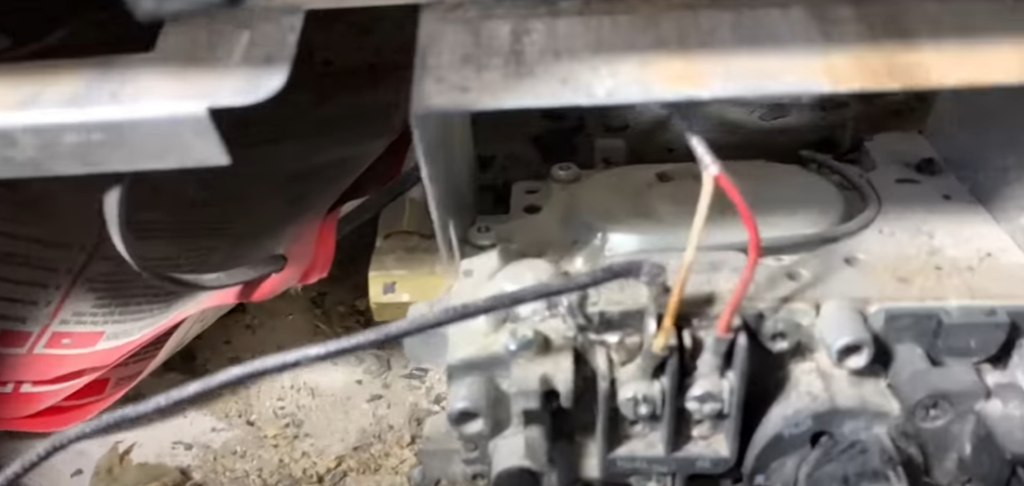
Is It Cheaper To Repair Or Replace A Gas Fireplace?
When a gas fireplace won’t light, the question often arises whether it’s cheaper to repair or replace the unit. In most cases, repairing the existing unit is more expensive than replacing it. However, this depends on the age and condition of the current unit and any additional repairs that may be necessary to proper functioning.
Repairs can range from simple fixes like cleaning or parts such as thermopiles or thermocouples to more substantial ones involving new components or control boards. Speaking, minor repairs will typically be cheaper than replacing an entire unit.
In assessing whether replacement is necessary, consider if you are satisfied with the current performance of your fireplace. If you’re having frequent issues that require costly repairs, then you may be better off replacing the unit. Additionally, consider if the current fireplace is outdated or not functioning correctly and would benefit from an upgrade to a more efficient model.
When deciding whether to repair or replace your gas fireplace, it’s important to weigh the cost of both options against the benefits they offer. Repairing can often be a more economical solution while replacement may bring greater convenience, efficiency and safety benefits in the long run. Ultimately, this decision should be based on your budget and desired outcome. [5]
Should A Gas Fireplace Always Be Warm?
It depends on the type of gas fireplace you have. Some types of fireplaces don’t need to stay warm if they aren’t in use while others need to be kept warm at all times.
On the other hand, some unvented gas fireplaces don’t require a constant flame or heat source. These should never be kept warm when not in use because doing so can create a safety hazard. Unvented gas fireplaces are designed to quickly produce heat as needed, and keeping them lit at all times could cause damage or even explosions.
If you’re unsure about whether your gas fireplace needs to be kept warm at all times, it’s best to consult the manufacturer or an experienced technician for advice. They can help you determine which type of fireplace you have and how best to maintain it safely. [6]
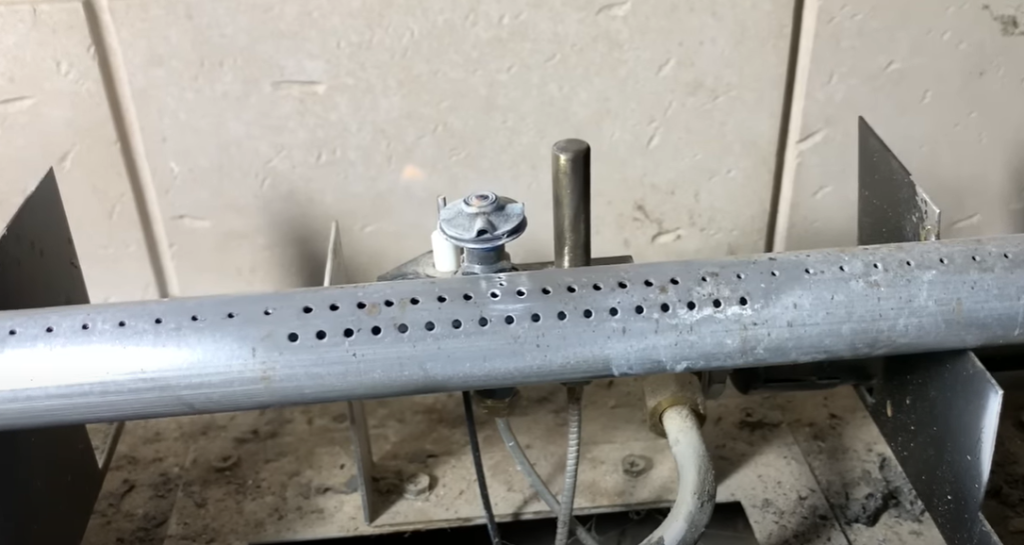
FAQ
Why is my gas fireplace pilot working but no flame?
The most common reasons why your gas fireplace won’t light is because the pilot orifice has been blocked with dust, dirt, lint or cobwebs; there’s a faulty thermocouple or thermostat; the gas valve has malfunctioned; the fuel line isn’t connected correctly; or there’s an issue with the wall switch.
How can I tell if my thermocouple is bad?
A thermocouple that has gone bad will cause the pilot to stay lit but have no flame when trying to ignite it. To check whether this is the case, you should disconnect and reconnect the thermocouple from its connection point at the gas valve. If this does not solve the problem, then you will need to replace the thermocouple with a new one.
What should I do if the fuel line is not connected correctly?
If the fuel line is not connected correctly, then you should check all connections and they are properly secured. If this doesn’t work, you may need to replace the fuel line completely. Make sure to follow all instructions and safety precautions when checking or replacing any part of your gas fireplace.
How can I tell if my wall switch has malfunctioned?
If your wall switch has malfunctioned, it may be sending incorrect signals to your gas valve, preventing it from igniting. To test this, use a different wired switch and see if that resolves the problem. If it does not, then you may need to replace the switch. In conclusion, if your gas fireplace won’t light but the pilot stays on, there are several potential causes. To determine which is causing the issue, you should check for any blockages in the pilot orifice, inspect and/or replace the thermocouple or thermostat as needed, make sure that all fuel line connections are secure, and test different wiring switches to see if one is malfunctioning.
How do you reset a gas fireplace?
If your fireplace is not lighting, but the pilot light stays on, you may need to reset your gas fireplace. To do this, first make sure that the main burner valve is in the open position and then turn off power to the unit (either by turning off a wall switch or by unplugging it). Then press and hold down the reset button located near the pilot flame for 30 seconds. This will release any residual gas pressure in the lines and allow you to try to relight your fireplace again. If it still doesn’t light, check all of your connections and valves before calling a professional technician for assistance. In some cases, you may need to replace an igniter if yours has become worn out or damaged. Ultimately, resetting your gas fireplace is the first step to take if you’re having trouble getting it to light.
Is it OK to leave the pilot light on the gas fireplace overnight?
No, you should not leave the pilot light on overnight. This is because a gas fireplace can produce dangerous levels of carbon monoxide if the flue doesn’t open properly or the flame isn’t burning cleanly. For this reason, it’s best to turn off your gas fireplace when you are done using it for the night and let it cool down before leaving it unattended. Additionally, leaving the pilot light on will increase your energy costs and could waste fuel over time.
How do you clean a thermocouple on a gas fireplace?
If your gas fireplace isn’t lighting, cleaning the thermocouple may help. The thermocouple is a small device that controls the flow of gas to the main burner in a gas fireplace and is located near the pilot light. To clean it, first turn off power to the unit and then use a soft brush or cloth to clean away any dirt or debris from around the thermocouple tip. After you’ve done that, reconnect all of your wires and valves and then try to relight your fireplace again. If it still doesn’t ignite, contact a professional technician for assistance.
Useful Video: Easy fix when fireplace insert won’t turn on
Conclusion
If your gas fireplace won’t light but the pilot stays on there could be several reasons for this. It may be that you are out of fuel, have a dirty orifice, or a defective thermocouple. Other possible causes include an obstruction in the vent pipe, a blocked flue, and inadequate air supply to the flame. Following these steps should help you diagnose and fix any issues with your gas fireplace not lighting correctly. If all else fails it is recommended to call a professional heating technician to ensure proper repair and maintenance of your appliance. With regular inspection and the right tools, materials and know-how you can keep your gas fireplace running safely and efficiently for years to come!
References:
- https://fireplacetips.com/gas-fireplace-not-lighting/
- https://croftfireplace.com/the-life-expectancy-of-a-gas-fireplace
- https://www.angi.com/articles/what-do-when-your-gas-fireplace-won-t-light.htm
- https://www.bobvila.com/articles/gas-fireplace-wont-turn-on/
- https://randtservices.com/blog/why-wont-my-gas-fireplace-stay-lit/
- https://airconditioningarizona.com/gas-fireplace-wont-stay-lit/


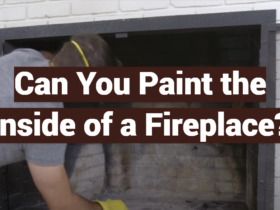

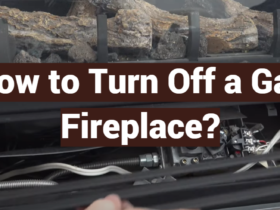
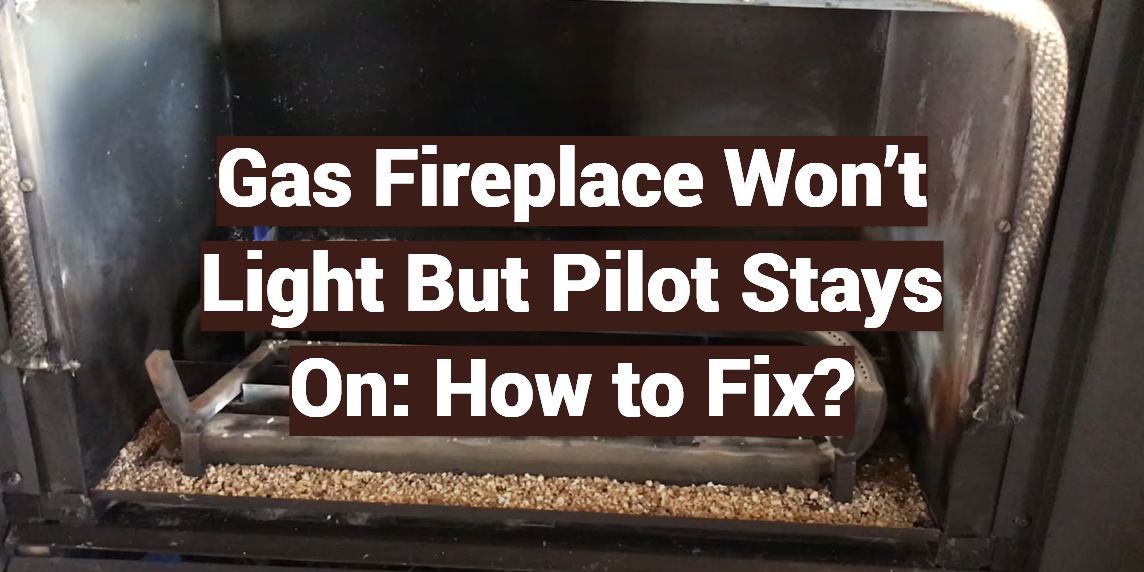
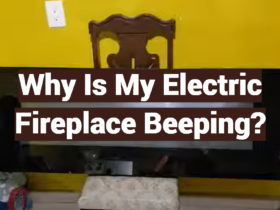
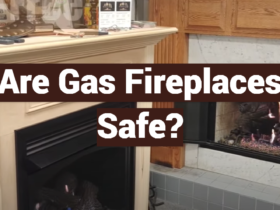

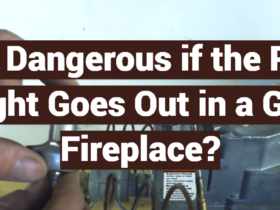



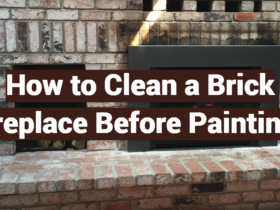
Leave a Review